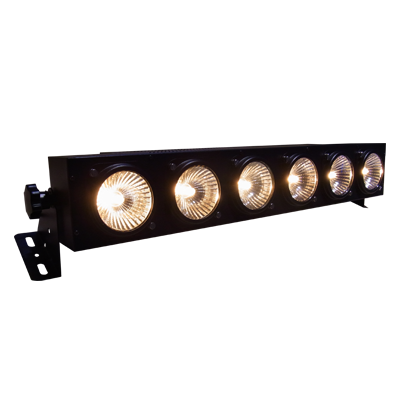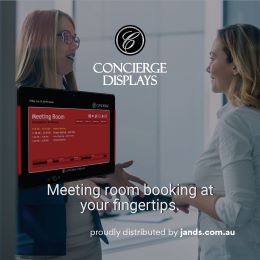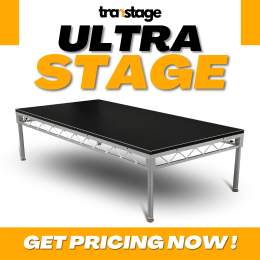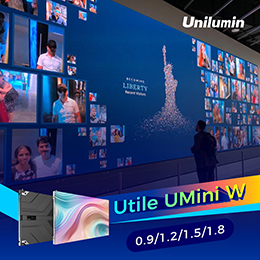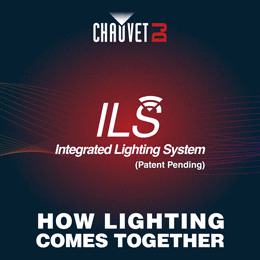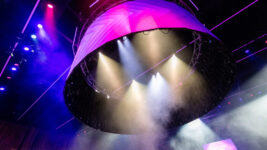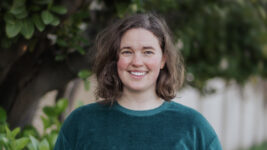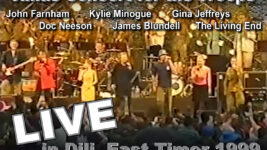Subscribe to CX E-News
11 Feb 2013
When we ran ENTECH (we sold it 9 years back) the SHOOTOUTS were the most popular sessions. They were also the most exciting, because it was new and we made up new rules as we went along. Now we bring you (Not The) Shootout across Australia, starting THIS THURSDAY at Perth Hyatt.
The TRADESHOW opens at 12 midday, then at 1pm step into TRADERS LOUNGE (downstairs) and see our LED DEMO SESSION. No Booking Required, but Register for ROADSHOW HERE NOW.
LED DEMO AT 1pm AND REPEAT at 3PM – ALL CITIES
This demo session, hosted by Jimmy Den Ouden from CX, will be run fixture by fixture. Fixtures have been set at varying distances according to their intended purpose. Each fixture will be run through the same pre-programmed sequence as follows:
Cue 1 – Open white at 3200K (or as close as possible). The idea of this cue is to see how closely each fixture can replicate white light as produced by a tungsten fixture. Typically fixtures with white and/or amber LEDs have an easier time of this task.
Cue 2 – Open white at 5600K (or as close as possible). Many fixtures produce higher output at this colour temperature, not to mention more colour accurate output. This cue gives native 5600K fixtures the opportunity to really shine.
Cue 3 – Open white at 3200K, dimming from 100% down to 0% over 10 seconds. Due to the nature of pulse width dimming technology and minimum forward voltage for LEDs to actually illuminate, dimming is often a harder task than running at full tilt. During the dimming process, observe each fixture for minimum illumination level (the lower the better), as well as signs of flickering at low intensities.
Cue 4, 5, 6 – Full intensity Red, Green, Blue. Many LED fixtures produce stronger output in saturated colours than they can in white. These three cues demonstrate each fixtures capability to produce saturated colours using the common RGB composition of many LED engines. Some fixtures have additional colours and these may be employed too.
Cue 7, 8, 9 – Full intensity Cyan, Magenta, Yellow. While producing colours native to a chipblock is relatively simple, mixing these to achieve more complex colours can be harder. On these cues look for the quality of the colour – how convincing is each fixtures rendition of these three?
Cue 10 – Special feature. This will vary from fixture to fixture – it may be a zoom function, a strobing mode, or a way to simultaneously display different colours on different LEDs. Consider not only how well the function works, but also its usability in the real world.
Finally after each fixture has run the sequence, all fixtures will be set to open white at full intensity. At this point in the demonstration, feel free to walk around and listen to any fan noise generated by the fixtures.
Fixtures on display:
1 – ADB ALC4-2 RGB+W Cyc light.
2 – ETC D40 Lustr+, running in High Impact mode.
3 – DTS FOS 100 POWER.
4 – Philips Selecon PL-CYC2 Cyclorama.
5 – SHOWPRO PIXPAD Multi cell Fixture.
Be there!
Subscribe
Published monthly since 1991, our famous AV industry magazine is free for download or pay for print. Subscribers also receive CX News, our free weekly email with the latest industry news and jobs.


